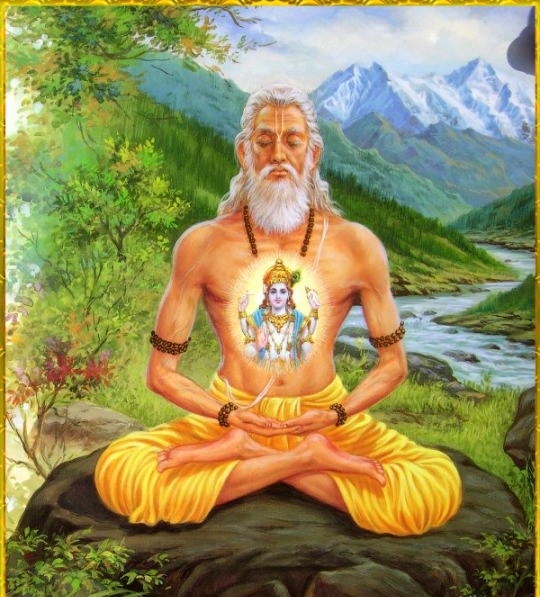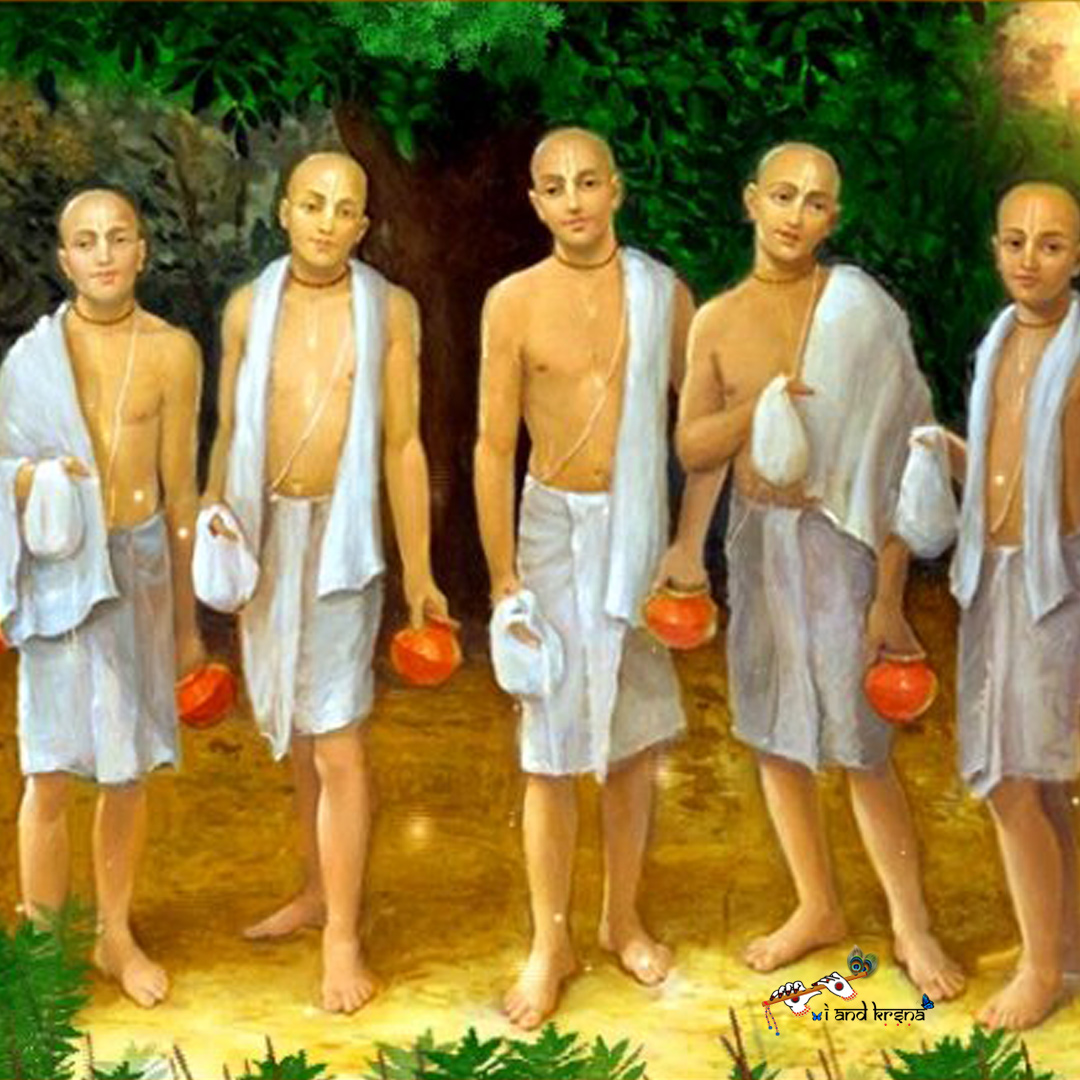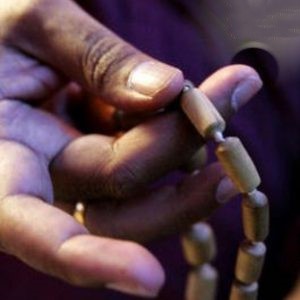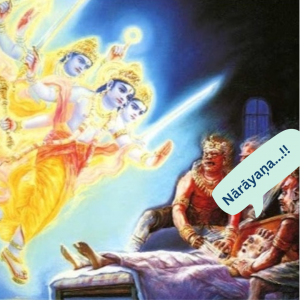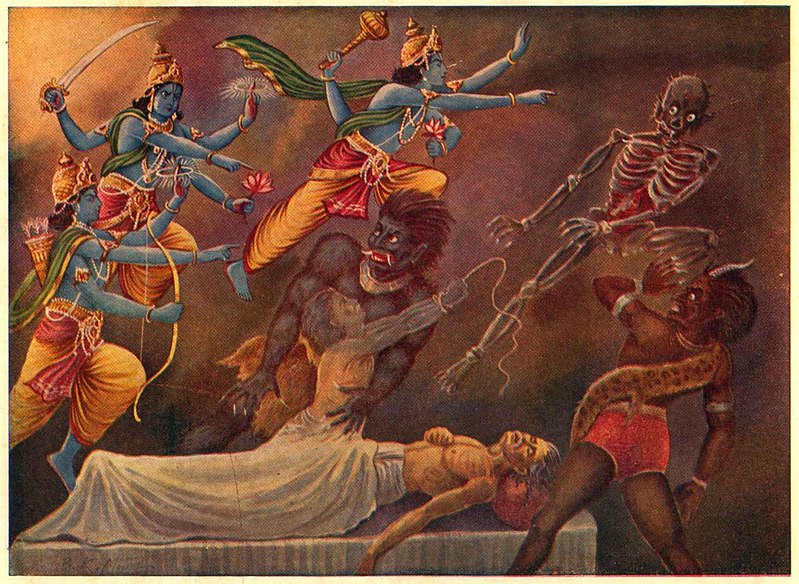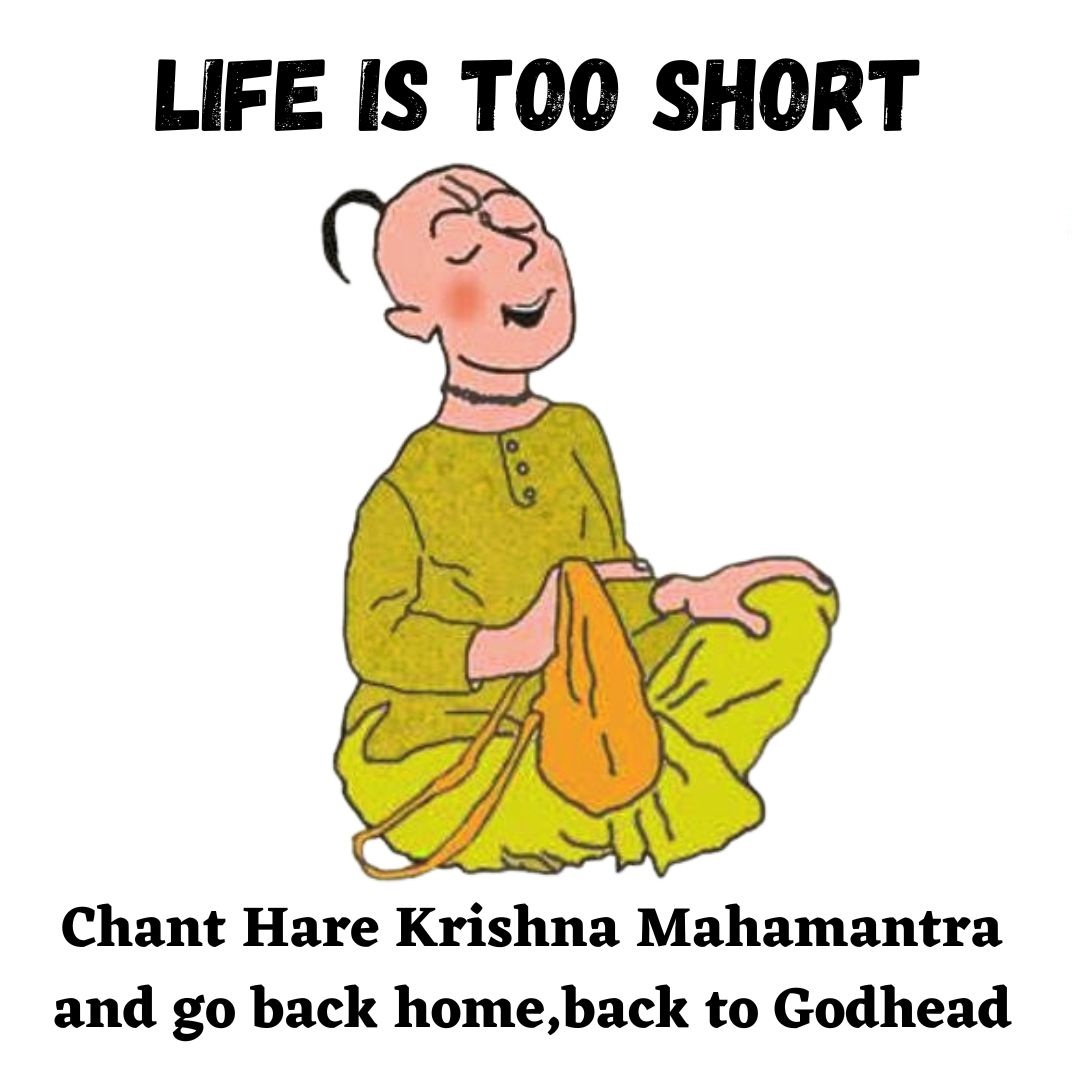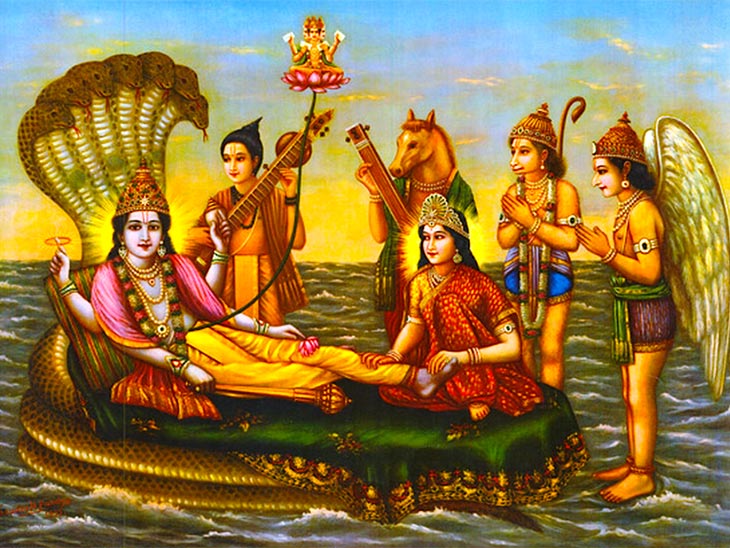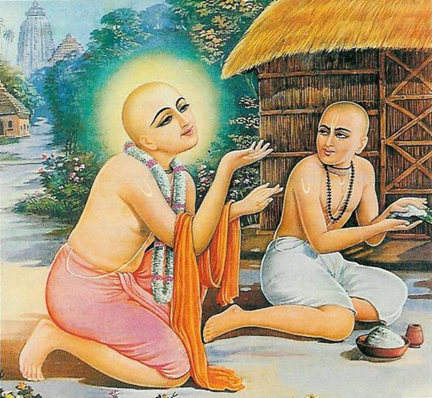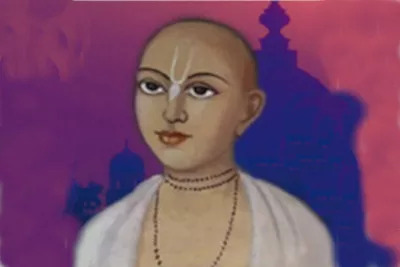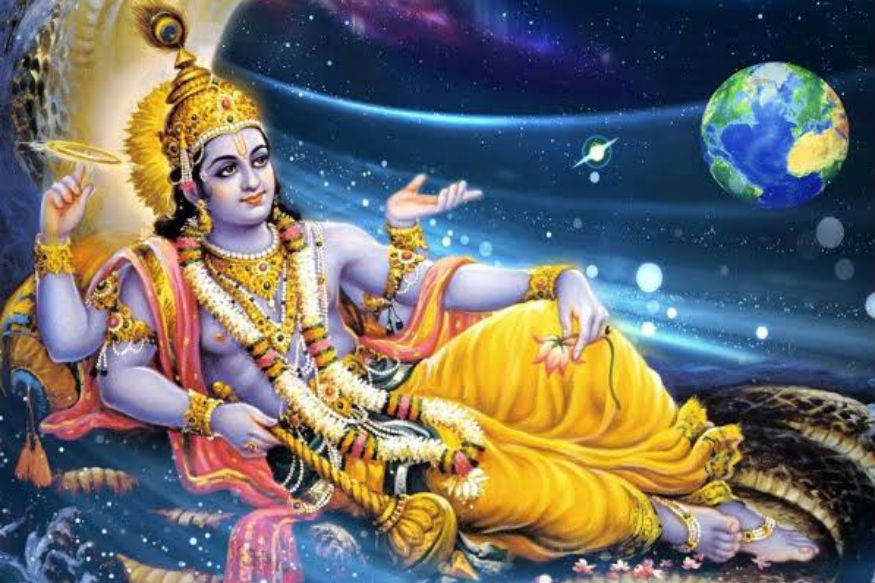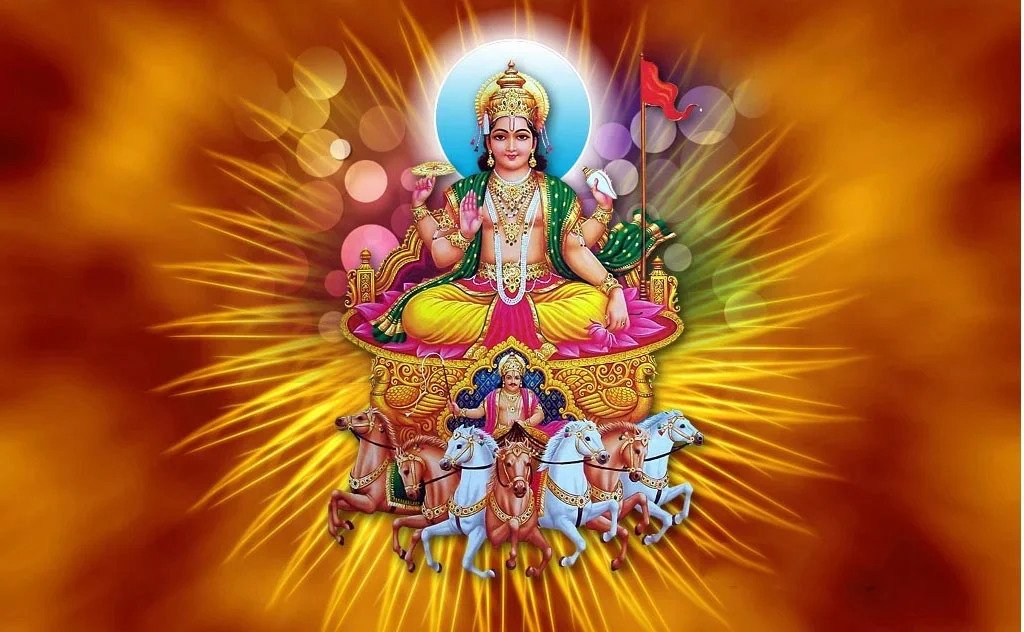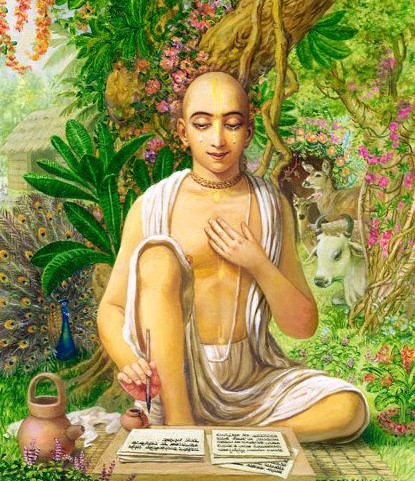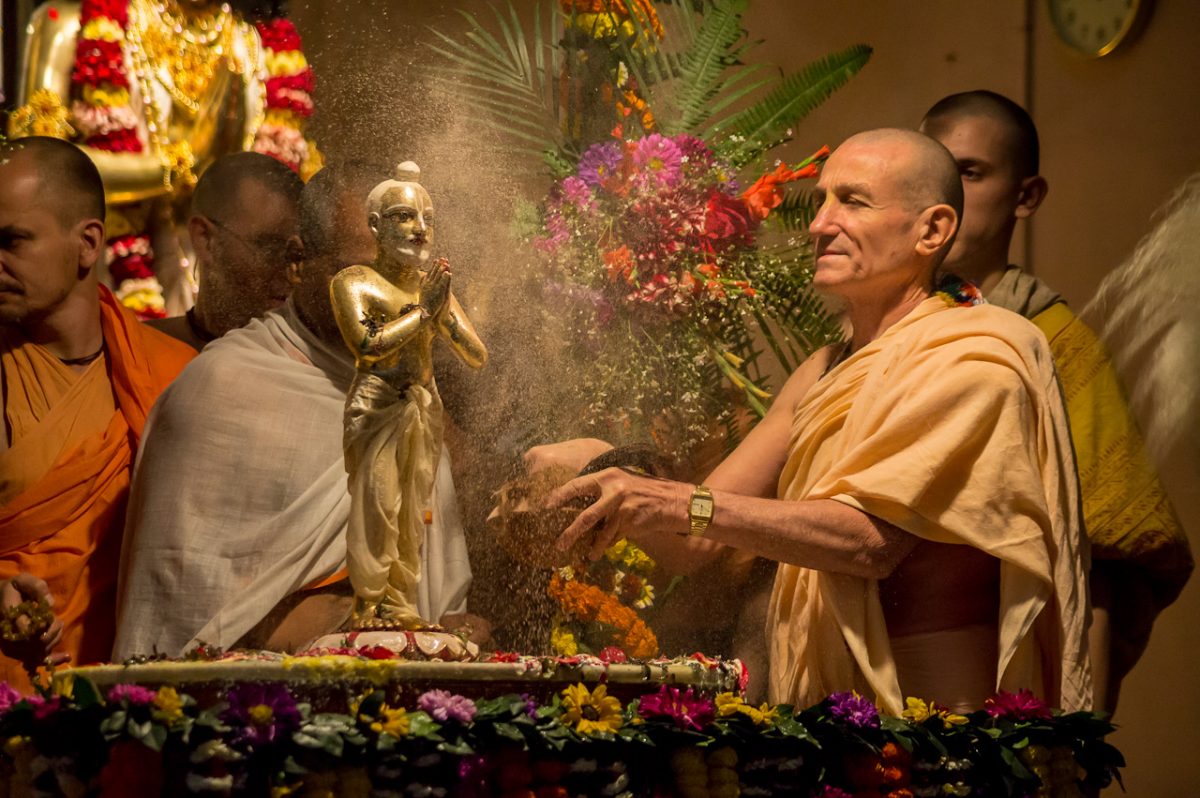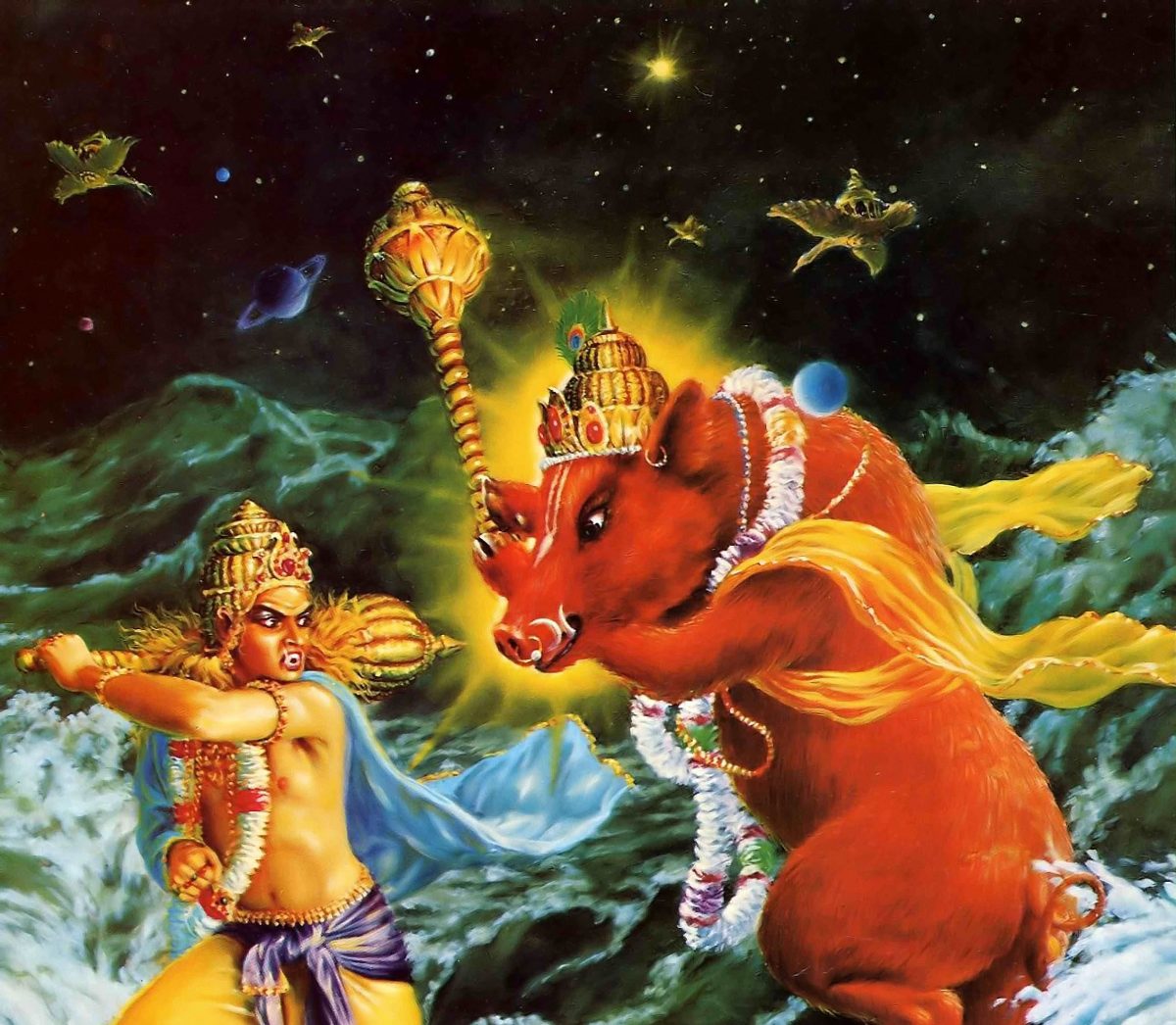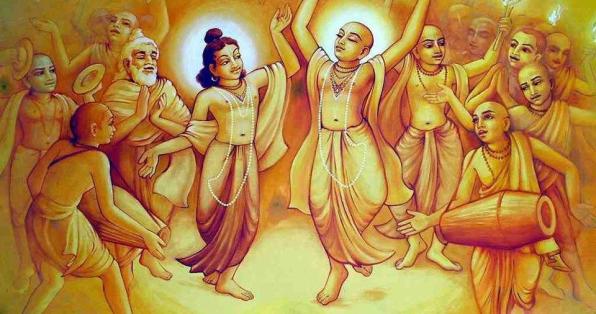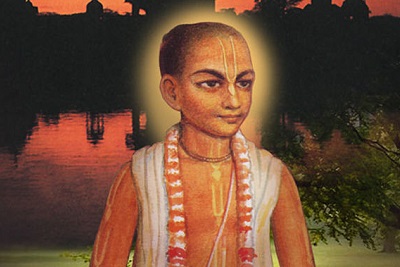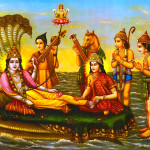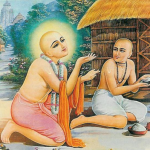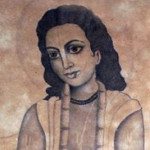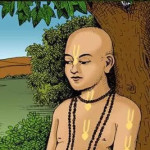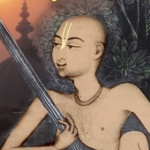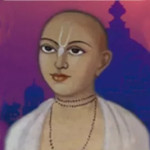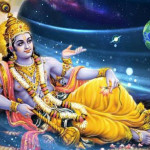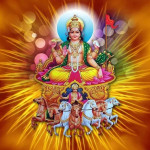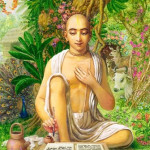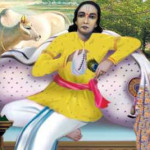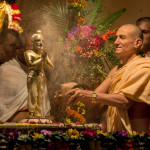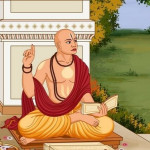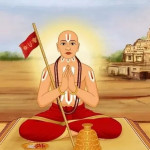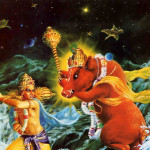Authentic methods of yoga, all aim at meditation on the Supersoul (Paramatma).
“The various processes of yoga are for the most part gradual and full of opportunities for distraction. Authentic methods of yoga, nonetheless, all aim at meditation on the Supersoul (Paramātmā), whose primary residence is in the region of the heart, alongside the jīva soul. This manifestation of Paramātmā in the heart is very subtle and difficult to perceive (daharam), and thus only advanced yogīs can realize Him there.
Neophyte meditators often practice focusing on the Supersoul’s secondary presence in one of the lower centers of vital energy, such as the mūlādhāra-cakra, at the base of the spine, the svādhiṣṭhāna-cakra, in the area of the navel, or the maṇipūra-cakra, in the abdomen. Lord Kṛṣṇa refers to His expansion as Paramātmā in the abdominal cakra as follows:
ahaṁ vaiśvānaro bhūtvā prāṇinaṁ deham āsthitaḥ
prāṇāpāna-samāyuktaḥ pacāmy annaṁ catur-vidham
“I am the fire of digestion in the bodies of all living entities, and I join with the air of life, outgoing and incoming, to digest the four kinds of food.” (Bg. 15.14) Lord Vaiśvānara presides over digestion and in general bestows the capacity of mobility on animals, humans and demigods. In the judgment of the śrutis speaking this verse, those who limit their meditation to this form of the Lord are less intelligent, kūrpa-dṛśaḥ, meaning literally “having eyes clouded by dust.”
The superior yogīs known as Āruṇis, on the other hand, worship the Supersoul in His form as the indwelling companion of the jīva in the heart, the Lord who endows His dependent with the power of knowledge and inspires him with all varieties of practical intelligence. And just as the physical heart is the center of blood circulation, so the subtle heartcakra is the crossroads of numerous channels of prāṇa, called nāḍīs, which extend outward to all parts of the body. When these passageways have been sufficiently purified, the Āruṇi yogīs can leave the heart region and go upward to the cakra at the roof of the brain. Yogīs who leave their bodies through this cakra, the brahma-randhra, go directly to the kingdom of God, from which they need never return to be reborn. Thus even the unsure process of meditational yoga can bear the fruit of pure devotion if it is followed perfectly.
Śrīla Viśvanātha Cakravartī Ṭhākura cites several śruti-mantras that echo the words of this verse: udaraṁ brahmeti śārkarākṣā upāsate hṛdayaṁ brahmeti āruṇayo brahmā haivaitā ita ūrdhvaṁ tv evodasarpat tac-chiro ’śrayate. “Those whose vision is clouded identify Brahman with the abdomen, while the Āruṇis worship Brahman in the heart. One who is truly Brahman-realized travels upward from the heart to take shelter of the Lord who is manifested at the top of the head.”
śataṁ caikā ca hṛdayasya nāḍyas tāsāṁ mūrdhānam abhiniḥsṛtaikā
tayordhvam āyann amṛtatvam eti viśvaṅṅ anyā utkramaṇe bhavanti
“There are one hundred and one subtle prāṇic channels emanating from the heart. One of these — the suṣumṇā — extends to the top of the head. Bypassing up through this channel, one transcends death. The other channels lead in all directions, to various kinds of rebirth.” (Chāndogya Upaniṣad 8.6.6)
The Upaniṣads refer repeatedly to the indwelling Paramātmā. Śrī Śvetāśvatara Upaniṣad (3.12-13) describes Him as follows:
mahān prabhur vai puruṣaḥ sattvasyaiṣa pravartakaḥ
su-nirmalāṁ imāṁ prāptim īśāno jyotir avyayaḥ
aṅguṣṭha-mātraḥ puruṣo ’ntar-ātmā sadā janānāṁ hṛdaye sanniviṣṭaḥ
hṛdā manīṣā manasābhikḷpto ya etad vidur amṛtās te bhavanti
“The Supreme Personality of Godhead becomes the Puruṣa to initiate the expansion of this cosmos. He is the perfectly pure goal that yogīs strive to reach, the effulgent and infallible ultimate controller. Measuring the size of a thumb, the Puruṣa is always present as the Supersoul within the hearts of all living beings. By exercising proper intelligence, one can realize Him within the heart; those who learn this method will gain immortality.”
Source:A.C. Bhaktivedanta Swami Prabhupada (2014 edition), “Srimad Bhagavatam”, Tenth Canto, Chapter 87 – Text 18

